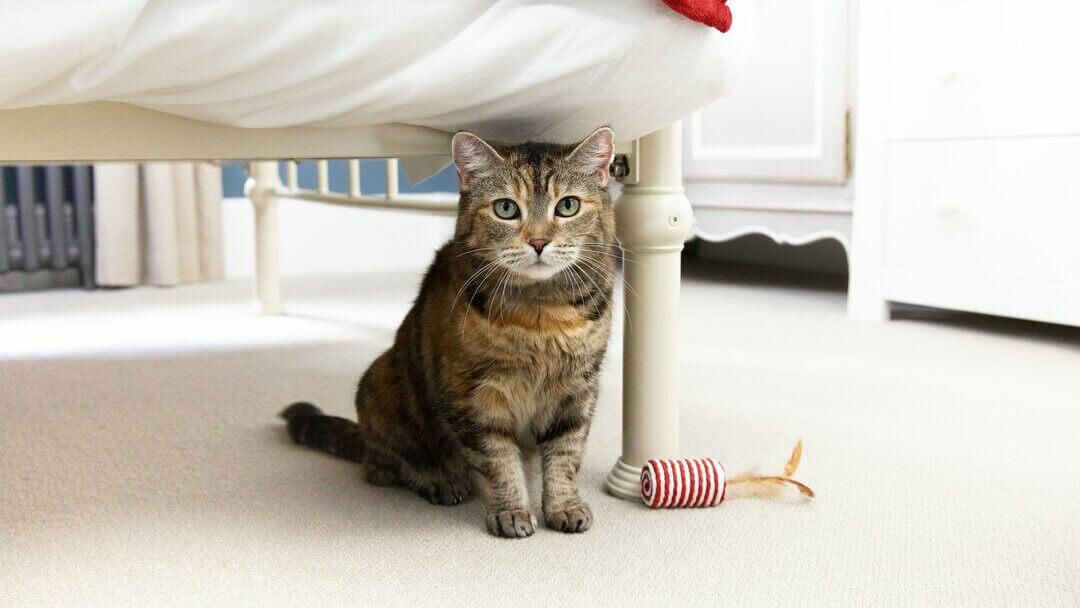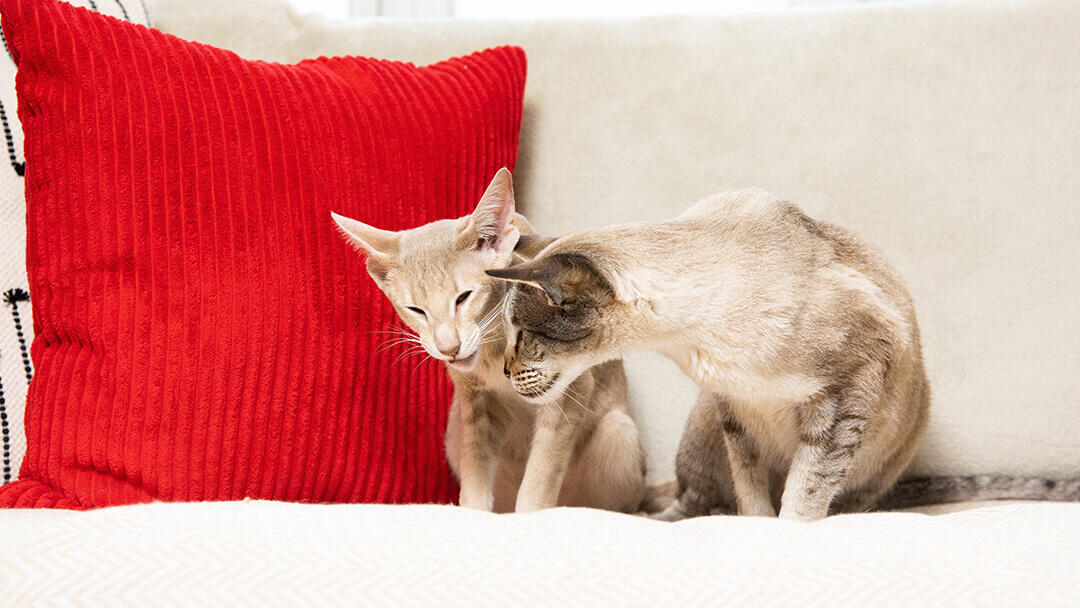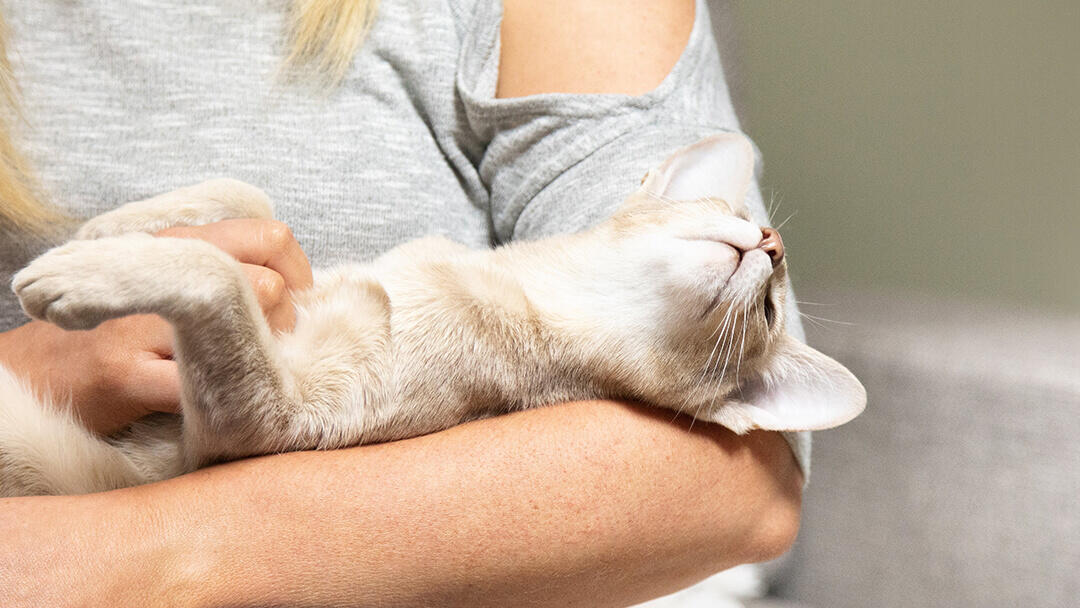
The question of cats’ eyesight, and how much they can see, has been one that’s fascinated owners and scientists alike. Not only have many of us wondered about their apparently incredible night vision, the question of whether cats can see colour or not has often been discussed with some thinking that cats live an exclusively monochrome existence. But what’s the truth? Are cats' colour blind or can they appreciate a rainbow of hues just like we can?
Can cats see colour?
Yes, cats can see colours! Although they can’t appreciate the full spectrum and the vast variety of shades that we humans can, their world isn’t black and white like many previously believed.
What colours can cats see?
Which exact colours cats can actually see is still up for some debate but it’s thought that cats see blues and yellows but that reds and greens appear more like shades of grey (similar to people who are red-green colourblind).
This makes their eyesight much more similar to dogs than it does to us humans, relying far more on brightness and movement than on seeing a full range of colours.
The way cats see colour is a result of the construction of their eyes. The retina (the light-sensitive part at the back of the eye) has two main types of cells: rods, which are responsible for their peripheral and night vision, and cones, which allow them to have day vision and colour perception. The ability to differentiate between colours is determined by the cones, which are special colour-sensitive cells.
However, the reason that cats’ range of hues is limited compared to humans is because they don’t have as many cone cells as us. We have three different types, whereas a cat only has two – and we have 10 times more of them too! In contrast, cats have a higher amount of rod cells than us, which is what allows them to see better at night.
Is a cat’s eyesight bad?
Where cats likely can’t see as many colours as us, their eyesight is better than ours in so many other ways. For one, they have excellent depth perception which helps them to hunt and track their prey plus their eyes are far more sensitive to movement than ours are – making them excellent hunters – and they have wider peripheral vision.
Additionally, cats can also see better in the dark as their eyes are designed to allow lighter to reach their retinas and they also have more rod cells. This means they only need one sixth of the amount of light we do to see, making it much easier for them to see in low light.
Cats are also mid sighted – so they will struggle to see things directly in front of them – or over six meters away.
Now you know what colours cats can see; you can use this knowledge when purchasing toys for them. As they can see blues and yellows most clearly, why not go for toys in these colours?
Want to understand more about cats and the way they see the world? Find out why cats purr, next.












